Wargaming: from Hobby to Career
By David Garvin
From Autumn 2006 until early spring 2007, I was a student at the Canadian Army Command and Staff College (CACSC) in Kingston, Ontario. I was just one of many students on the Army Operations Course (AOC). The aim of the course is to take mid-level captains and train them to be staff officers for unit and formation level headquarters. The course is done in three “tutorials”, with the first one being done while you dial in from home using internet, phone and so forth to complete the initial training. The last two are done in Kingston and it’s quite a fast-paced course. Tutorial 2 is unit level staff training and Tutorial 3 is done at formation level, so brigade and higher.
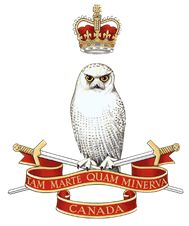
Figure 1 “Tell Marty to Call Minerva”
We never really did know what the motto meant, so we just came up with our own meaning. But I digress. As we moved into Tutorial 3, we learned a planning process known as the Plan and Course of Action (COA) Wargame. These were set processes by which a formation staff could develop a plan and then test it against enemy reactions, so that we could adjust our plans where needed and also to anticipate enemy moves based on likely reactions to our actions. The process is very much as if you were able to re set your chess moves based on your opponent’s moves in response to yours.
I was the first in my syndicate to run a COA Wargame. My syndicate instructor nominated me for this because he knew that I was a board wargamer and he figured that I would understand the mechanics of the process. He was right. My assessment stated words to the effect that I ran the initial COA Wargame with impressive results; typically, it took syndicates a few run-throughs to understand the process. It was a difficult process but I was able to lead the syndicate through it over the week-long period they gave us.
At the end of the course, my syndicate instructor noted that I was going to be posted to a infantry battalion, but a sister battalion was slated to be deployed to Kandahar within the year. He asked if I would prefer to go there instead, as he believed that my planning skills would be an asset to that battalion. I initially deferred; however, I changed my mind and sure enough, I got an updated posting message within weeks: I was off to 3rd Battalion, The Royal Canadian Regiment.
I trained with and deployed with that battalion to Kandahar, where we conducted combat operations from September 2008 until April 2009. I issued over 100 operations orders and I had trained the planning staff in the Operational Planning Process (OPP), which I had learned on my AOC. The planning team was sharp and we were able to develop and issue orders in a tight timeline. I guess my skills were noteworthy, because after the tour I received the Chief of the Defence Staff Commendation for my performance.
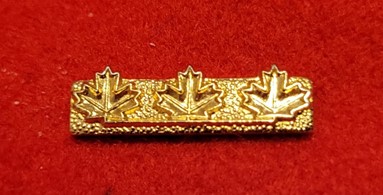
Figure 2 Chief of the Defence Staff Commendation
I play several board wargames, mostly Advanced Squad Leader. But the one game that I have played the longest (since it came out, to be honest), is the Assault series by Game Designers Workshop (GDW). It is a platoon-level tactical wargame covering “modern” (for the time) militaries in Central Europe. The four games in the series (and the one expansion) cover ground units, artillery, engineering and tactical helicopter aviation. The units are platoons and in some cases sections of specialty vehicles, such as engineering and other specialists. The hexes cover 250 meters and the time scale is said to be 5 minutes per turn. The game lends itself well to covering tactical combat with modern vehicles and weapons
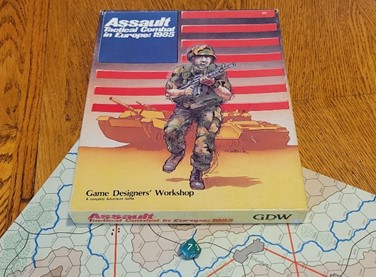
Figure 3 Assault: Tactical Combat in Europe
I played Assault mostly solo in the late 80s and early 90s, and then later I discovered that it could be played online using VASSAL. I did so and was able to game it with human opponents from afar. The game was instruction for me, however, as through playing it I learned to better understand the Soviet (and later, Russian) method of tactical combat, especially in terms of its doctrine in the advance and the attack. I was able to take this knowledge and excel on my AOC as we fought digital versions of Soviet-like forces.
But the main thing that these games did was to train my mind to look at combat as a series of actions, reactions and counter actions between adversaries. I’m certainly far from the best wargamer out there, after all, I play to have fun and if I win, then all the better! But when it came to using these talents for real, I took great care to ensure that the planning staff and I did everything we could to ensure that the troops in the field had the greatest advantages possible.
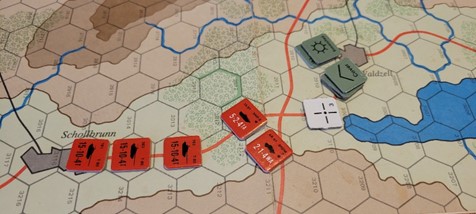
Figure 4 Soviets advancing on defenders in Germany
In the photo above, as an example, assume I am the defender. I know that when the recon forces are hitting the treeline some 750 meters to my front that a company of tanks is just behind them. The tanks will likely be in column along the road in order to allow them to move up more quickly. Given the difficult treeline on their left, they will likely try to hit me from the hills to the south. So, what could I do?
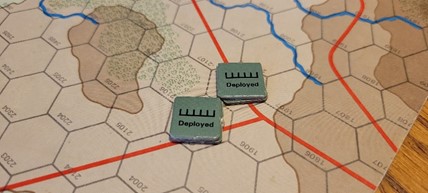
Figure 5 Artillery ready to fire
Anticipating the Soviet move, I have planned and have ready my supporting battery of artillery ready to hit that road. The pattern is a linear shot of High Explosive. The chances of causing casualties on the enemy tanks is low; however, it may cause some disruption, and that’s all I need to create separation between the recon elements and the advance guard. I will now feel free to hit the BMPs and BRDMs with direct fire and then withdraw to my next battle position. This may sound rudimentary, but it took several years of gaming for me to knock this simple lesson into my thick skull. And that, combined with the formal instruction on my AOC, is what helped me to become a better military planner.
Great leader indeed! I liked the comparisons you made between gaming and career; many similarities between the two. Enjoyed the read.
Like you I’ve has this game since released. ASSAULT may be an older title but it still has much to offer. Rules are not overly complicated and the variety of forces means many different situations can be depicted.
You might be interested in what Robert Engen is doing with wargames over the last year or two at CFC in Toronto.
He is a gamer too and has come up with some interesting stuff.
Those OPP students now have a chance to play out their COA wargames and see how they might go.
https://youtu.be/HrqPjb-sQyM
Hi Brian. Thanks for this!
-author
Hi David,
I found out yesterday that Robert Engen has been headhunted by the Australian War College to do gaming stuff for them, and has left CFC!
https://defence.gov.au/ADC/awc/